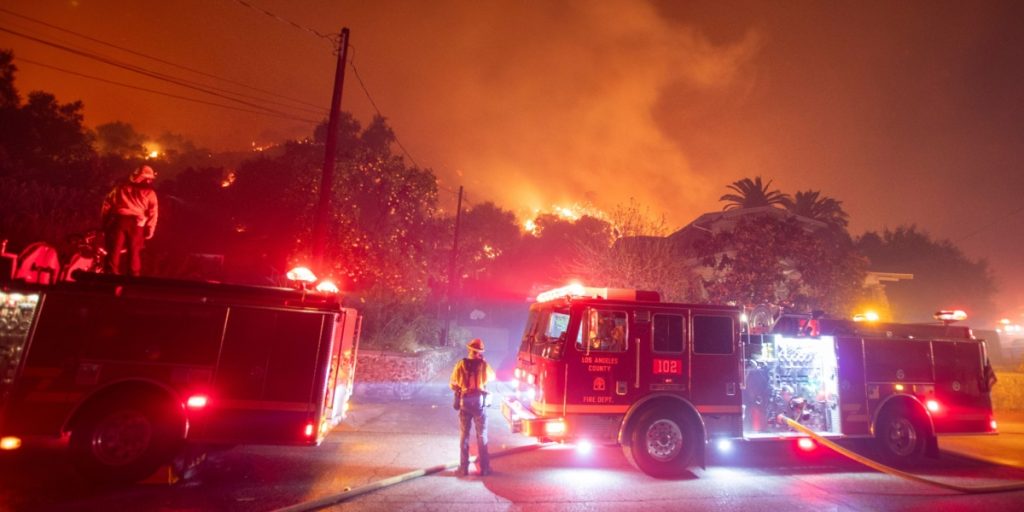Oil prices climbed by nearly 3% on Monday, driven largely by wildfires in Alberta, Canada
Others are reading now
A spike in oil prices highlights growing concerns over global supply, as fires in Canada disrupt production and top oil-producing nations stick to their current strategy.
Energy markets are once again in flux. As global temperatures rise, so too do tensions around the world’s oil supply — driven by natural disasters, geopolitical instability, and strategic production decisions. Investors and consumers alike are watching closely as fuel prices respond to a cascade of pressure points.
Canada’s Wildfires Add Pressure
Oil prices climbed by nearly 3% on Monday, driven largely by wildfires in Alberta, Canada — a region crucial to the country’s oil output. According to estimates reported by Reuters, the fires have disrupted about 7% of Canada’s total crude production.
Two major thermal oil sands operations near Fort McMurray were forced to evacuate staff and suspend activity.
Also read
“This is now starting to seep in,” said John Kilduff, a partner at the New York-based firm Again Capital.
Major Producers Stick to Slow Output Increase
Meanwhile, the Organization of the Petroleum Exporting Countries and its allies — commonly known as OPEC+ — confirmed over the weekend that they will raise oil production by 411,000 barrels per day in July. This increase had been expected and marks the third straight month of similar growth. Analysts say traders had anticipated a larger boost, which helped drive prices higher when it didn’t materialize.
Phil Flynn, senior analyst at Price Futures Group, noted,
“I think they were caught the wrong way.”
Brent crude settled at $64.63 per barrel, while U.S. West Texas Intermediate reached $62.52.
Currency Shifts and Global Risks Boost Market Uncertainty
A weakening U.S. dollar also contributed to rising oil prices, making crude cheaper for buyers using other currencies. In addition, recent drone strikes by Ukraine against Russian targets and mixed signals from ongoing U.S.–Iran nuclear talks have added to concerns around global stability.
Goldman Sachs and Morgan Stanley both expect further modest output increases through the summer — potentially up to 2.2 million barrels per day by October — suggesting market volatility may continue.
As geopolitical friction mounts and climate-related disruptions persist, global oil markets appear to be heading into a turbulent summer.


